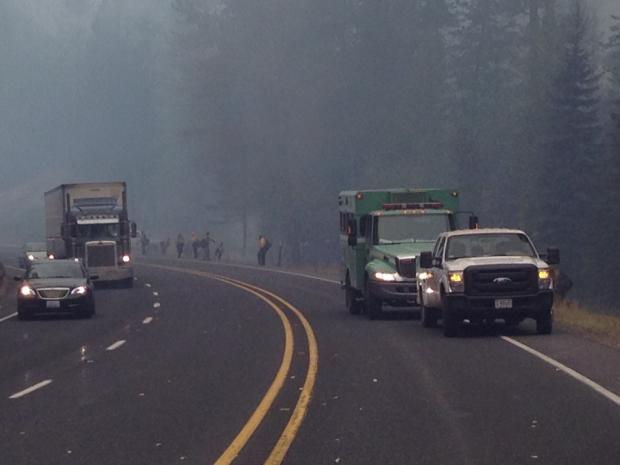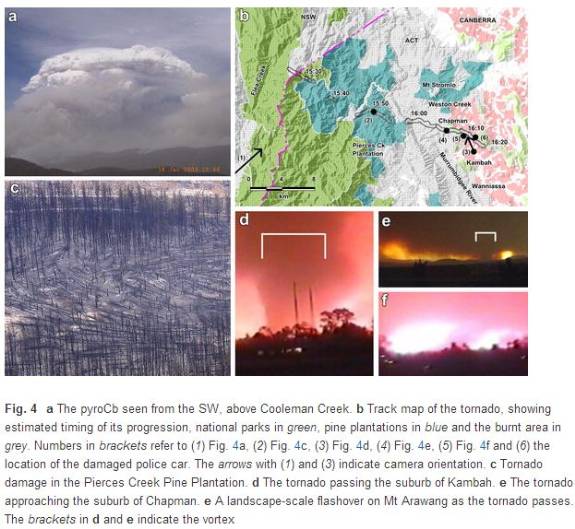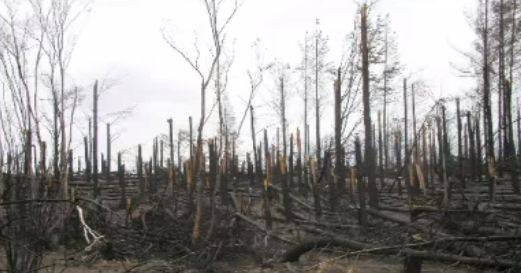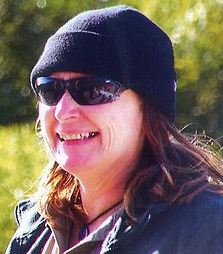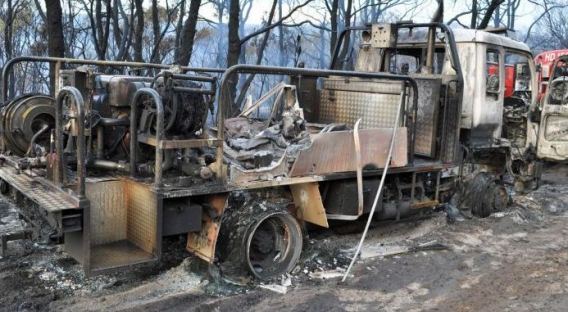
Large bushfires in Tasmania have destroyed scores of houses and caused many residents to evacuate or even take refuge on beaches or in the ocean. Australia’s ABC News reports the largest fires are impacting Eaglehawk Neck, Bream Creek, Copping, Boomer Bay and Dodges Ferry, south-east of Hobart, and Ellendale and Karanja in the Upper Derwent Valley.
One of the worst-hit areas is Dunalley, east of Hobart, (map) where a triage team from the Tasmania Police is assessing the situation. They will investigate a report that a fire crew was unable to reach a man who was defending his home when the fire passed over. A preliminary evaluation from an aircraft discovered that up to 65 structures have burned in Dunalley, 15 in nearby Boomer Bay, and an undetermined number of properties destroyed at Connelly’s Marsh, west of Dunalley.
Highest temperature ever recorded in Hobart
The intensity of the fires can be attributed in part to the highest temperature in 120 years of record keeping in Hobart, where it reached 41.3 degrees Celsuis (106F) on Friday. However, the strong winds and the high temperatures are beginning to ease. At midnight in Hobart it cooled off to 31C (87F).

From the Tasmania Police, regarding the fire in the Dunalley area:
Several groups of people sheltered safely in the area; about 50 people are safe in the Boomer Bay jetty area another group of people are safe at the Dunalley Hotel. A Police vessel is in the area, checking the shoreline for people who were reported to be sheltering in the water; no one has been located at this stage.
A helicopter has been working to evacuate anyone suffering heat distress or other health issues at the request of Tasmania Ambulance Service. Another helicopter has deployed response personnel and equipment into the area.
At present the police vessels are ferrying fuel, generators, medical supplies and other items to Dunalley, and the refuge centres at Nubeena. Police are also working with Telstra to transport generators and other equipment to commence restoration of communication where possible.
Tasmania Police is working with the Tasmania Fire Service to identify options to allow people to safely leave the Tasman Peninsula, or return to their homes. Efforts are being to reopen the Arthur Highway, however this will only occur when it is deemed to be safe.
An information hotline has been established; 1800 567 567.
Thanks go out to Chuck



